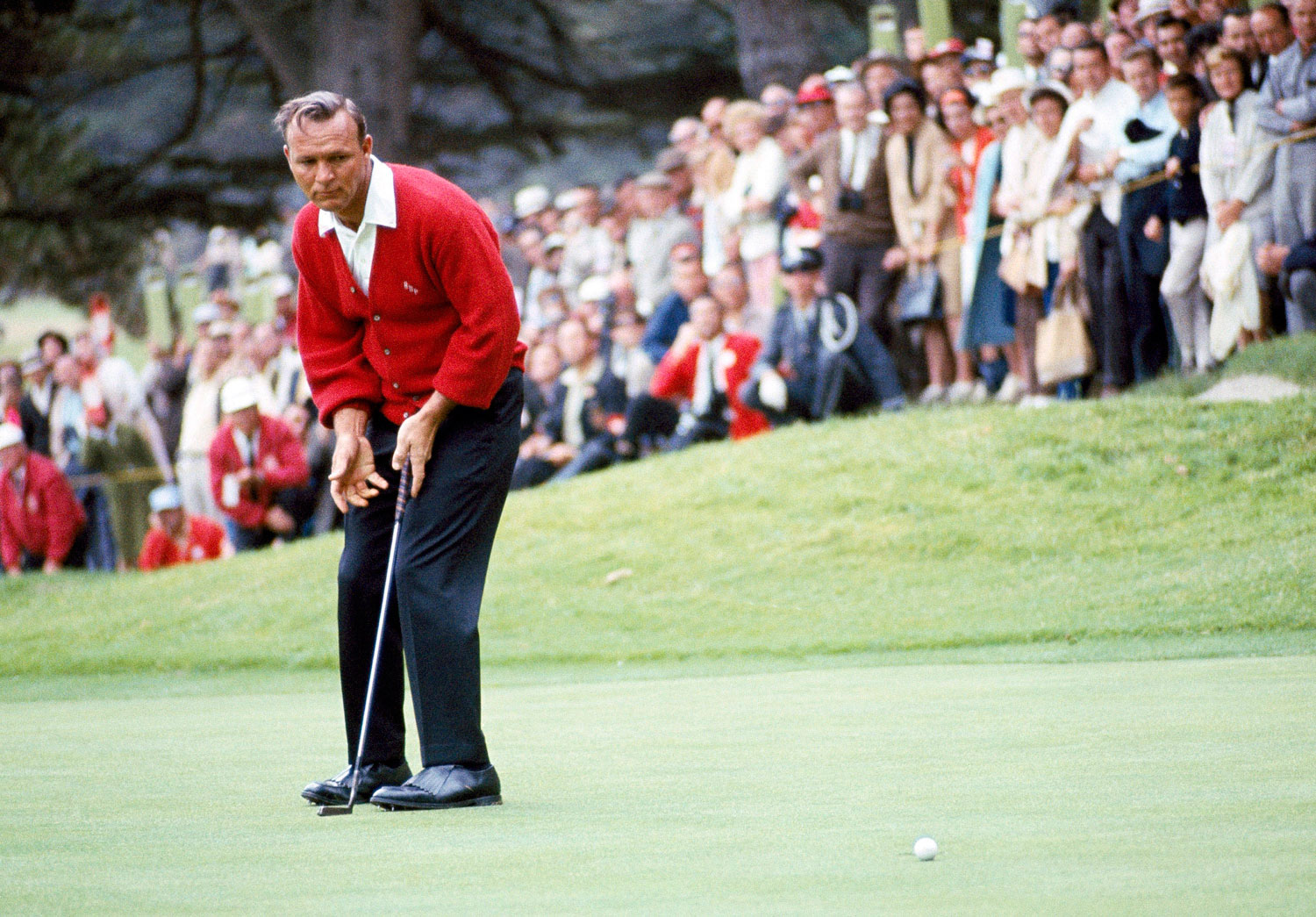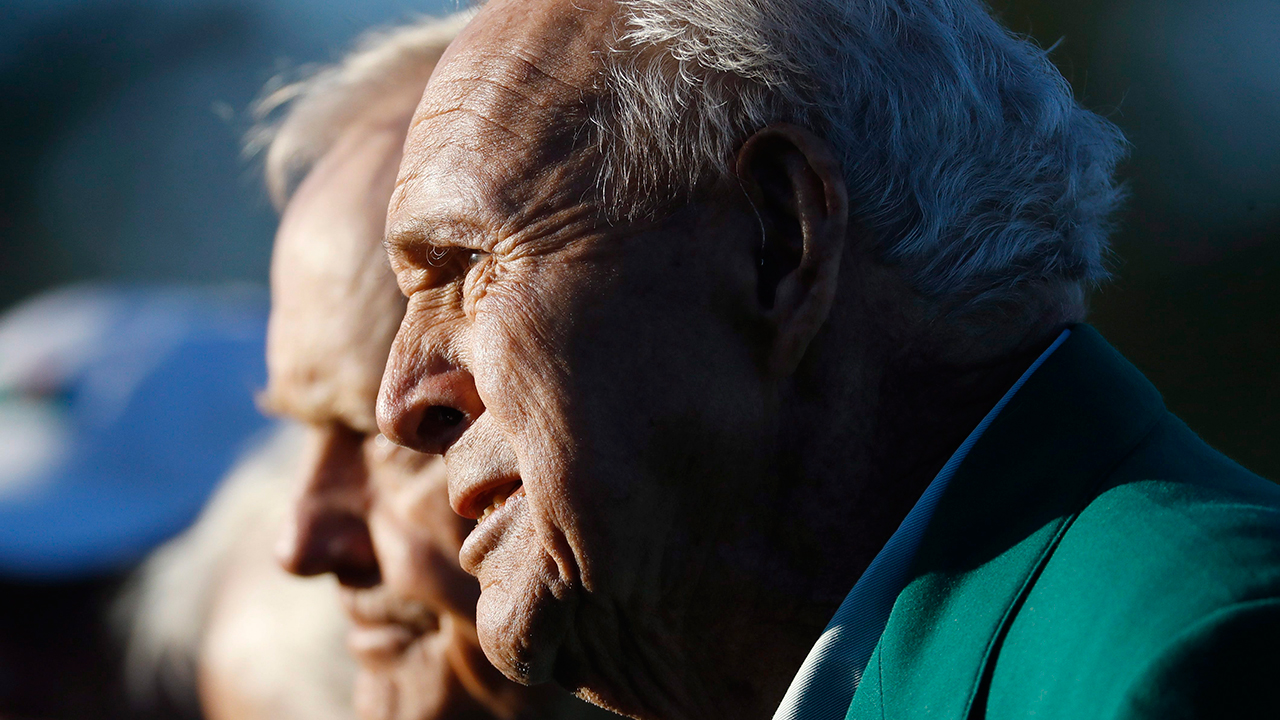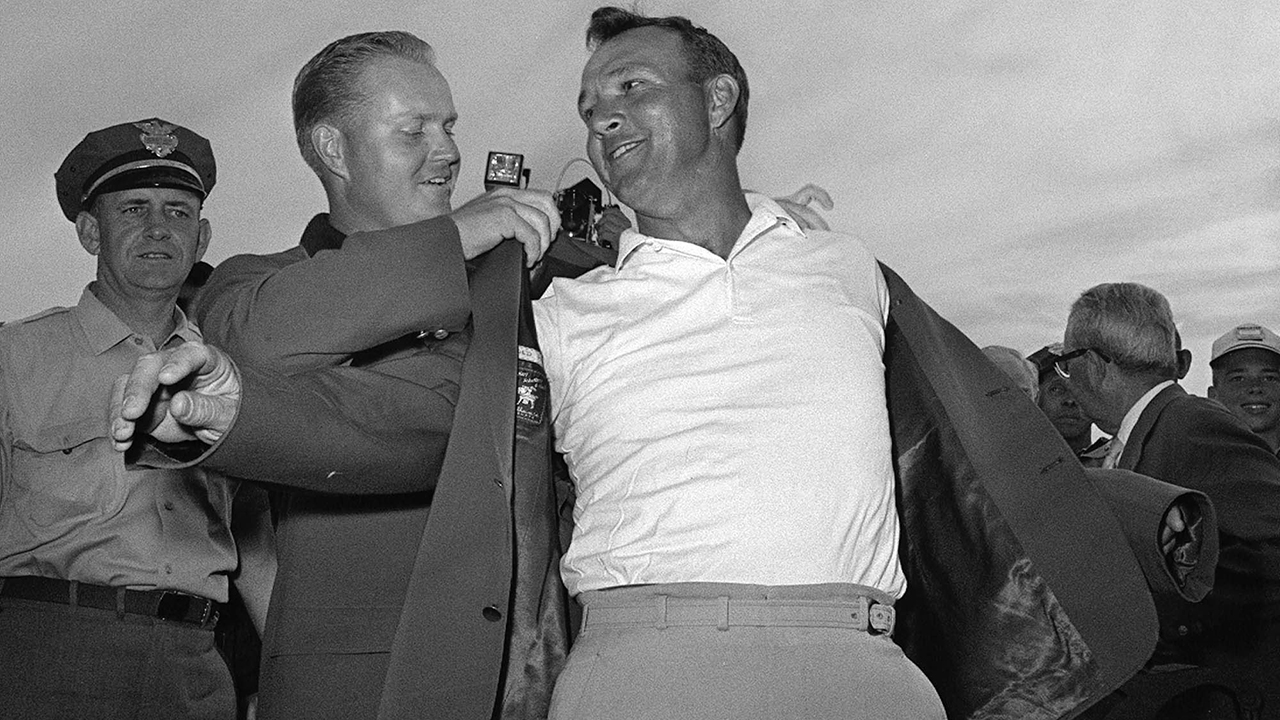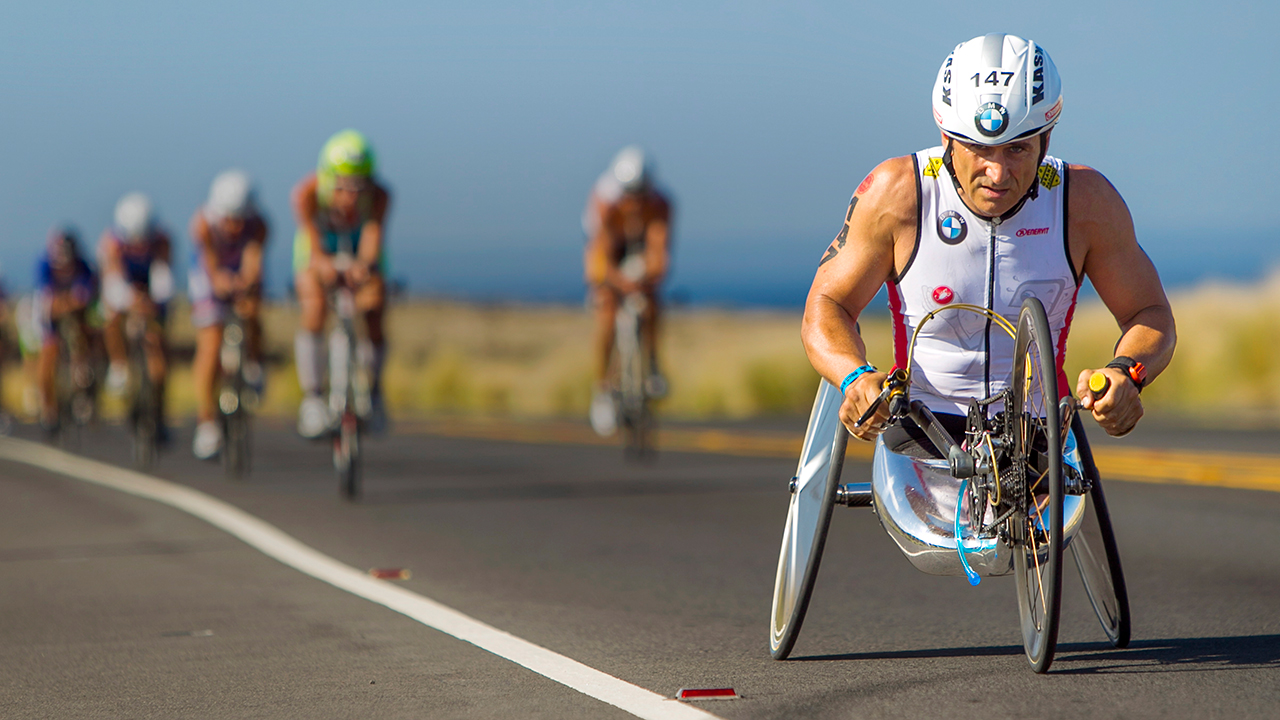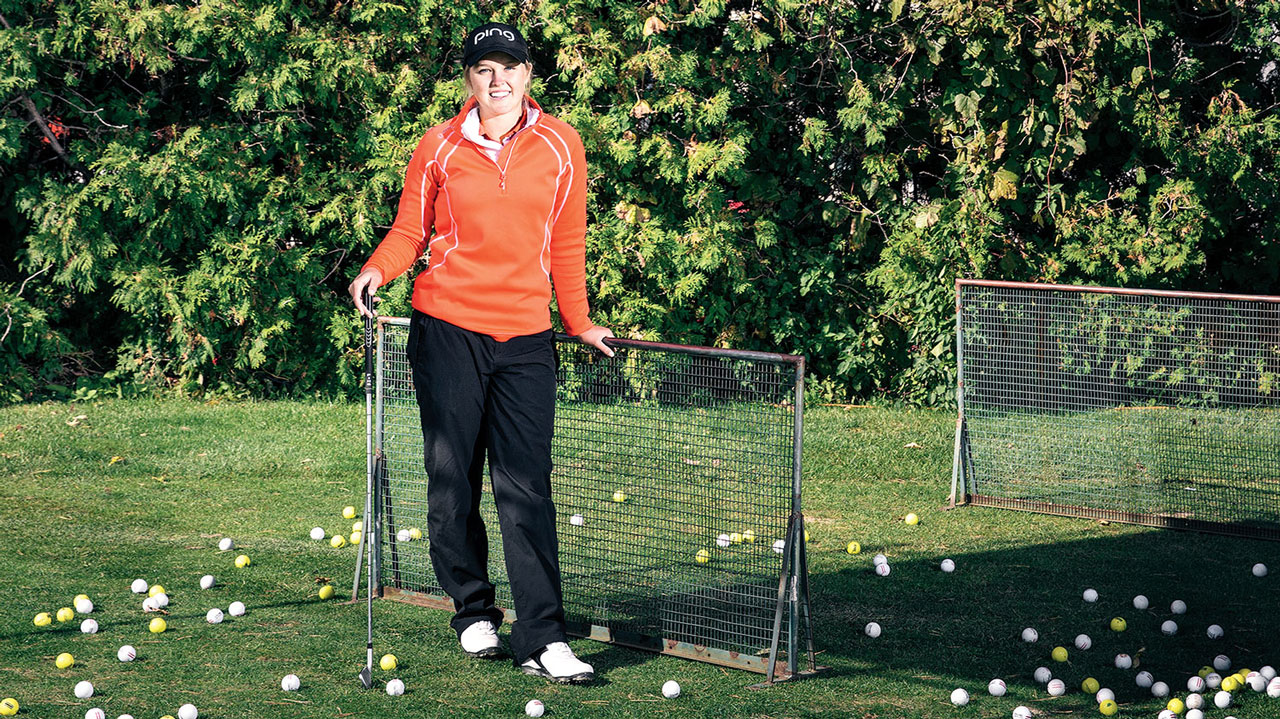There seemingly wasn’t anything he couldn’t do. Palmer even owns an around-the-world speed record: in 1976 he piloted a Lear 36 around the globe in less than 58 hours. Along the way he touched down in Sri Lanka for an elephant ride and in the Philippines to meet then-president Ferdinand Marcos, who was a big golf fan. Nobody has flown that same route faster in that model of plane.
The King flew for the thrill, but he often said Palmer the Pilot furthered the success of Palmer the Businessman. It meant he could easily visit the sites of some of the more than 300 courses around the world his design company crafted. Arnold Palmer Enterprises—known by its colourful umbrella logo—is one of the most successful business empires built by any athlete.
Palmer’s business success alone would have made him a legend. His late agent Mark McCormack, co-founder of Arnold Palmer Enterprises, took on Palmer as his first client and that partnership sparked the beginning of what is now IMG, the world’s first-ever successful sports marketing empire. When Joe Gibbs asked Palmer what he thought of a 24-hour TV channel dedicated to golf, Palmer invested in and co-founded what is now The Golf Channel.
But no business deal meant more to The King than when he was able to buy his home club in Latrobe, to this day owned and operated by the Palmer family. It’s here his love affair with golf was born, but more importantly, it’s where his father, Deacon, the man he called ‘Pap’ and admired more than anyone, worked tirelessly for 40 years as the course superintendent, head professional and designer. That purchase was Palmer’s “most important,” Giffin says. “He never forgot where he came from, regardless of all the success he had.”
To define that success is not possible. It was too far-reaching, too all encompassing, too powerful. But one thing’s for sure: Arnold Palmer was the fan favourite, no matter where he went, no matter when.



